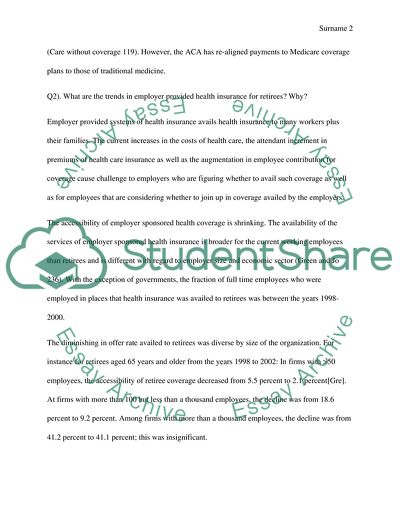Cite this document
(Health related insurance Essay Example | Topics and Well Written Essays - 1000 words, n.d.)
Health related insurance Essay Example | Topics and Well Written Essays - 1000 words. https://studentshare.org/medical-science/1800640-the-health-related-insurance
Health related insurance Essay Example | Topics and Well Written Essays - 1000 words. https://studentshare.org/medical-science/1800640-the-health-related-insurance
(Health Related Insurance Essay Example | Topics and Well Written Essays - 1000 Words)
Health Related Insurance Essay Example | Topics and Well Written Essays - 1000 Words. https://studentshare.org/medical-science/1800640-the-health-related-insurance.
Health Related Insurance Essay Example | Topics and Well Written Essays - 1000 Words. https://studentshare.org/medical-science/1800640-the-health-related-insurance.
“Health Related Insurance Essay Example | Topics and Well Written Essays - 1000 Words”. https://studentshare.org/medical-science/1800640-the-health-related-insurance.


